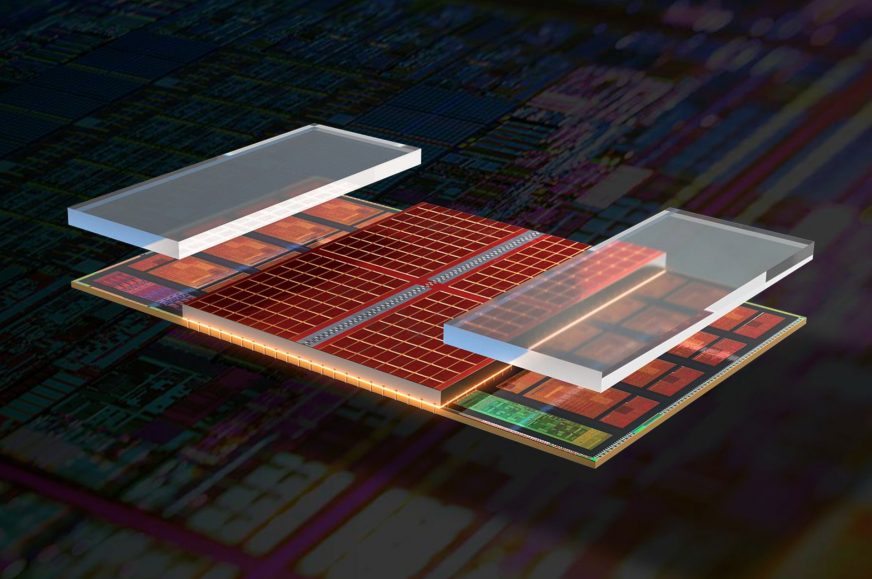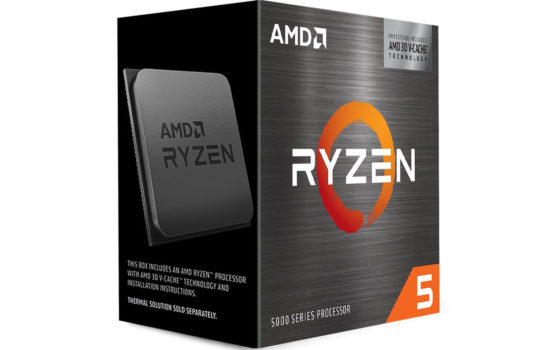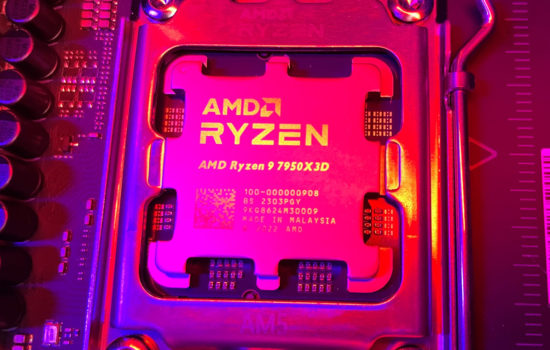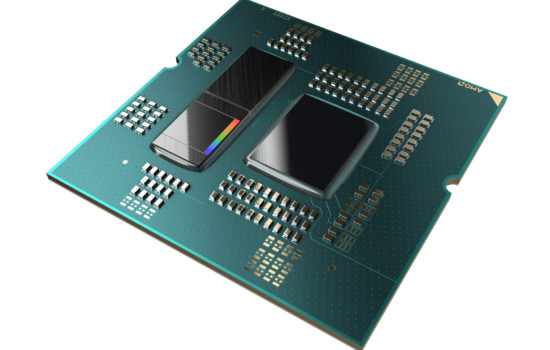First generation of Ryzen processors with 3D V-Cache doesn't get along with overclocking
This week AMD announced the April release of the Ryzen 7 5800X3D, claimed to be “the ultimate gaming CPU” (at least amongst Ryzen processors, we’ll see if it beats Intel’s 12th-generation Core). However, this CPU has one flaw for enthusiasts – it’s been confirmed that it is not overclockable. AMD has revealed that this is an unfortunate side effect of the 3D V-Cache, the company reassures us it’s not cracking down on OC as such.
The fact that the processor does not support overclocking was confirmed by Robert Hallock from AMD Technical Marketing in an interview given to the HotHardware website and he also shared the official reasoning. When this information first surfaced, there was speculation that a chiplet cache layered on top of a CPU core chiplet might impair cooling and make the whole assembly more susceptible to damage due to high temperatures. However, the officially given reason is different.
According to Hallock, the chiplet cache cannot tolerate higher voltages, its limit is probably lower than the main CPU chiplet. In other words, it is more prone to damage by overvolting, which is always a risk when overclocking. The company states that the cache, and thus the entire Ryzen 7 5800X3D, only has an upper safe voltage limit somewhere between 1.30 and 1.35 V. While it could theoretically be enough for the Ryzen Master software and board BIOSes to simply implement a voltage limit, AMD has probably decided that it’s safer to limit overclocking altogether. We assume there is a risk that users would often start overclocking the processor with the expectation that the silicon can handle similar frequencies and voltages as regular Ryzen 5000s, and ruin the processor in the process.
The lack of overclocking is in a way a price for the fact that the Ryzen 7 5800X3D is the first, almost a “demo” use of 3D V-Cache technology, which is probably why is AMD cautious. In future generations, perhaps these limits can be raised and overclocking will be possible.
Therefore, Ryzen 7 5800X3D does not support CPU multiplier changes, i.e. overlocking to a fixed frequency or voltage changes. Overclocking through PBO (Precision Boost Overdrive) will also not be supported. It is possible in theory that maybe later on, after further testing and discussions the limitations could be eased a bit, but this is the current situation.
What you can overclock though is the memory frequency and the Infinity Fabric frequency. So tuning the memory, either by enabling XMP profiles or manually changing the timings, is still possible. For gaming use, manually tuning and overclocking memory can usually achieve better gains than overclocking CPU cores on Ryzens, so this is important (however, you lose the ability to have an overclocked RAM plus CPU cores for an additional minor bonus, at the same time).
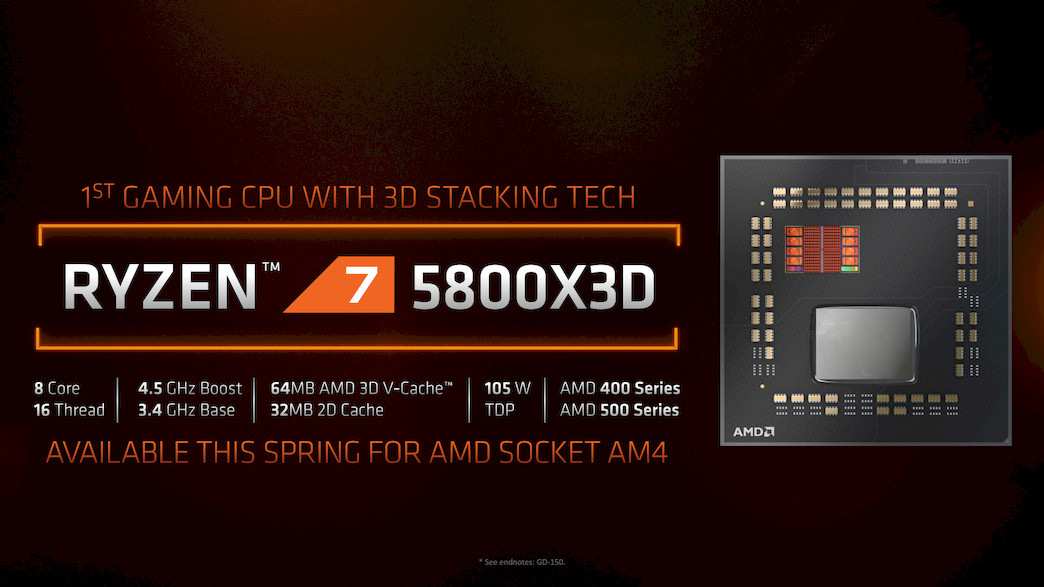
The fact that the 3D V-Cache can’t tolerate higher voltages probably also explains why the Ryzen 7 5800X3D has a lower frequency than the regular 5800X, with a maximum boost of only 4.5 GHz versus 4.7 GHz for the 5800X. This is because the highest single-core boosts are also achieved at high voltages similar to what happens when overclocking. So the Ryzen 5800X3D probably also uses lower voltages during its single-core boosting and therefore doesn’t reach as high frequencies.
Moving away from overclocking and processor locking in general is said to be out of the question
In any case, this move does not mean that AMD is beginning to restrict overclocking, with more locked chips in the future. The company assured the press that it maintains its position where it considers overclocking to be an important part of enhusiast-market hardware and it intends to continue providing the feature. The Ryzen 7 5800X3D is said to be an exception to this due to its special circumstances.
Source: HotHardware (YouTube)
English translation and edit by Jozef Dudáš, original text by Jan Olšan, editor for Cnews.cz
⠀





